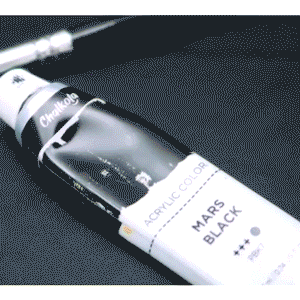Back to the Art Creators' Hub ▸ Acrylic Painting Techniques
Acrylic Painting Techniques
Looking for inspiration for your next acrylic painting? Here are some popular techniques you can try:

Dry Brush
As the name suggests, this technique involves using a dry brush to apply paint. This results in “unfinished” strokes that convey a rough or grassy texture. It’s best to use a heavy body acrylic for this technique.
Wet on Wet
This involves wetting the paper or canvas first before applying the acrylic paint onto it. Using this method thins the paint slightly, allowing you to achieve a subtle, watercolor-like finish with soft edges.
Glazing
In this method, you apply translucent layers of paint one after the other, subtly changing the color every time. To do this, you’ll need low-viscosity acrylics or a glazing medium to mix with your tube paints. This technique is often used in photorealism as the layers give the painting depth and richness.
Gradient
Gradients refer to gradual transitions between two or more colors. Since acrylic paint dries quickly, you will want to mix your transition shades beforehand or use a slow-drying medium that gives you more time for blending. This technique is also great for breaking up large swatches of solid color that look too flat on the canvas.
Sgraffito
Sgraffito involves scratching off the top layer of a painting to reveal what’s underneath. For this technique, you’ll want to paint an initial layer, allow it to dry, paint your top layer, then scratch parts of it gently while it’s still wet. You can use any tool — such as a palette knife, brush handle, or toothpick — to scratch off the paint.
Pouring
Unpredictable and mesmerizing, acrylic pouring is one of the most popular painting techniques today. All you need is some paint, acrylic pouring medium, and your canvas to create a unique and stunning artwork that you’ll want to display. Pouring is often used with other techniques like dripping or splattering for abstract pieces.
Impasto
Often associated with oil paints, impasto can also be done with heavy body or slow drying acrylics. This technique involves applying the paint onto the canvas thickly so that the brush strokes remain visible. While it uses quite a lot of paint, impasto lends texture and dimension to your piece and is especially useful for painting landscapes and other organic themes.
Other Techniques
With acrylic paint, you’re not just limited to the techniques described above. Check out all the fascinating ways to paint with this versatile medium:


